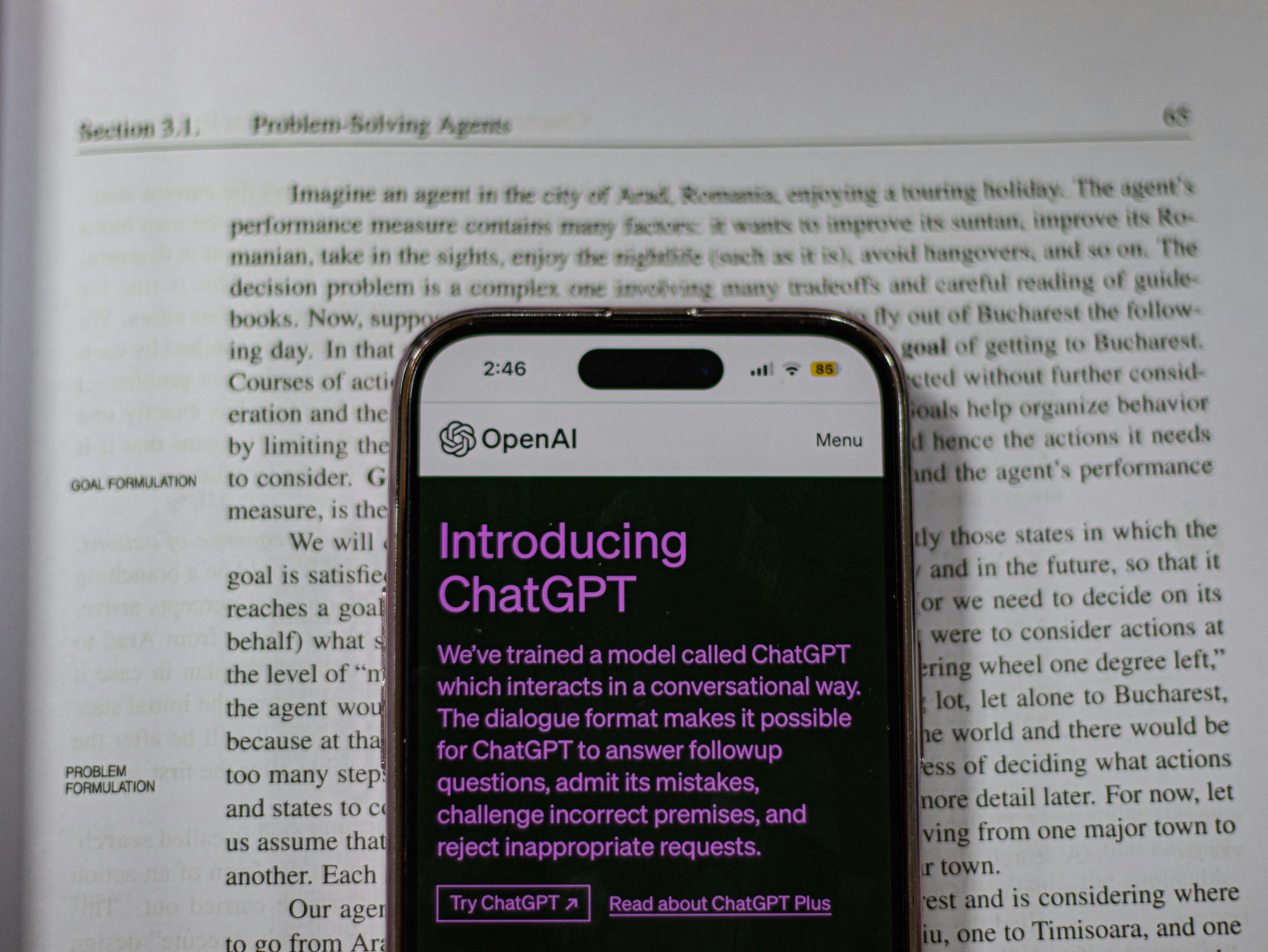Comparing ChatGPT (LLM) versus Neural Machine Translation (NMT)
In the rapidly evolving landscape of language translation technologies, two prominent contenders have emerged: Large Language Models (LLM) like ChatGPT and Neural Machine Translation (NMT) systems. For global organizations grappling with the demands of a digital, multilingual marketplace, the question arises: how does state-of-the-art NMT compare against ChatGPT translations in meeting their business requirements?
The Superiority of NMT Over LLM for Business Applications
State-of-the-art NMT models have carved a niche for themselves against general LLMs like ChatGPT, primarily due to four pivotal factors: quality, data privacy, cultural considerations, and deployment options.
- Quality: NMT models, designed as predictive systems, are optimized for delivering highly accurate translations. This accuracy is not just inherent but can be further boosted through domain-specific adaptation, providing a level of precision that LLMs, which generalize across data from the web, struggle to match. The nuanced understanding and contextual accuracy of NMT systems make them indispensable, especially in industries where precision is paramount.
ChatGPT has a an AI contextual understanding sourced from online data scraping but as the language technology giant SDL has emphasized, it’s training has not been done on specific domain training data compared to state of the art machine translation (NMTs) that are specifically purpose-built only for translation and contextual translation via domain language training, translation styleguides, translation termbases and translation memories, rather than general open AI’s online data scraping.

Culturally diverse datasets: The NMT is trained specifically on the subject matter of the subject domain and together with human translation process and Machine Translation Post Editing provide the best of both worlds when scale and cost is considered. As AI and ChatGPT crawls the net for absorbing its learning, LLMs on the other hand learns from an enormous breath of resources. In doing so, it has become a hotly debated subject whether or not AI invertedly has become biased as it’s not trained on culturally diverse datasets. NMTs on the other hand coupled with a native editor is well aware of cultural nuances.
For example: In 2023, upon being informed that a couple left a four percent tip while dining at a restaurant in Madrid, ChatGPT deemed the term “frugal” fitting, suggesting they were either budget-conscious or dissatisfied with the service. This response was based on the North American tipping standard of 15 to 25 percent, overlooking the common practice in Spain where tipping is not customary.
It remains uncertain whether this functionality developed from training an updated version of ChatGPT 4 with additional data—given the internet’s abundance of English-language tipping guides—or if OpenAI specifically patched together this output.
Similar examples are cropping up, clearly indicating that it’s trained from a North American perspective regarding what constitutes the norm in cross-cultural interactions. This results in an approach that ‘unifies’ the way text is written, thereby risking the erasure of cultural differences in written formats. Such an approach creates a significant gap between the word choices and style of the written text and the actual culture and business appropriateness, alongside actual customs and what’s de facto appropriate in-country.
(Source: Artificial intelligence needs to be trained on culturally diverse datasets to avoid bias)
Data Privacy: In an era where data privacy is a critical concern, the deployment of translation technologies that ensure the confidentiality of information is non-negotiable. NMT solutions offer a secure framework for translation, unlike LLMs, which raise significant data privacy issues due to the broad spectrum of data they are trained on. This aspect makes NMT the preferred choice for enterprises where data security cannot be compromised.
Deployment Options: The unique architecture of NMT allows for customized deployment, catering to the specific needs of an organization, a feature that LLMs like ChatGPT, with their one-size-fits-all model, cannot offer. This flexibility in deployment ensures that NMT solutions can be integrated seamlessly into the existing technological ecosystem of a business, offering a tailored translation solution.
The Role of ChatGPT in the Translation Industry
While ChatGPT and its generative counterparts herald a new era of conversational AI, LLMs and ChatGPTs impact on the translation industry is nuanced. ChatGPT, with its ability to generate human-like text, promises increased efficiency and reduced costs. However, the devil lies in the details. The inherent unreliability, coupled with a lack of domain-specific training, makes ChatGPT less suitable for applications where accuracy and nuance are critical, such as legal or medical translations.
Moreover, the potential of ChatGPT in transforming the translation industry must be critically assessed against the backdrop of these limitations. While it may offer novel avenues for content creation and linguistic services, its utility as a standalone translation tool remains questionable.
NMT: A Robust Solution for Global Engagement
In conclusion, while ChatGPT captures the imagination with its generative capabilities, when it comes to the critical business requirements of global organizations—accuracy, data privacy, and customizable deployment—NMT stands out as the superior technology. NMT’s predictive modeling, optimized for accuracy and adapted for domain specificity, ensures that translations are not only precise but also contextually relevant.
The case for adoption of NMT solutions for companies in need of launching large scale volume projects in the hundreds of thousands, or millions of words with limited timeframes remains strong.
The future of translation lies not in replacing human expertise but in leveraging technologies like NMT to augment and enhance the translation process, ensuring that quality and accuracy remain paramount.


